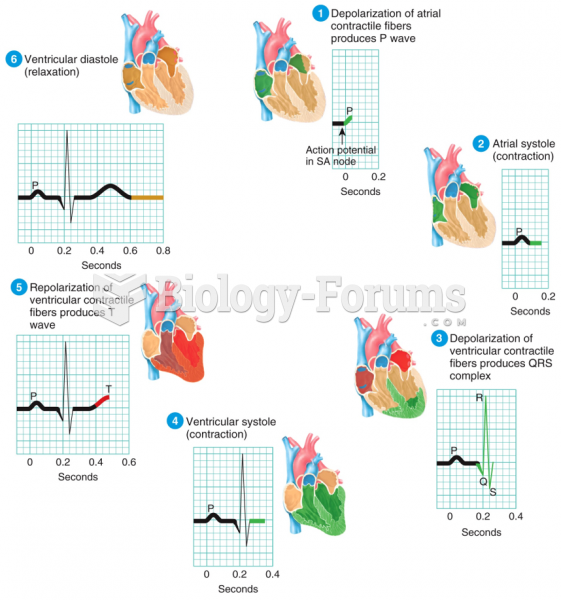|
|
|
Did you know?
The longest a person has survived after a heart transplant is 24 years.
Did you know?
Green tea is able to stop the scent of garlic or onion from causing bad breath.
Did you know?
The first monoclonal antibodies were made exclusively from mouse cells. Some are now fully human, which means they are likely to be safer and may be more effective than older monoclonal antibodies.
Did you know?
If all the neurons in the human body were lined up, they would stretch more than 600 miles.
Did you know?
The average human gut is home to perhaps 500 to 1,000 different species of bacteria.







